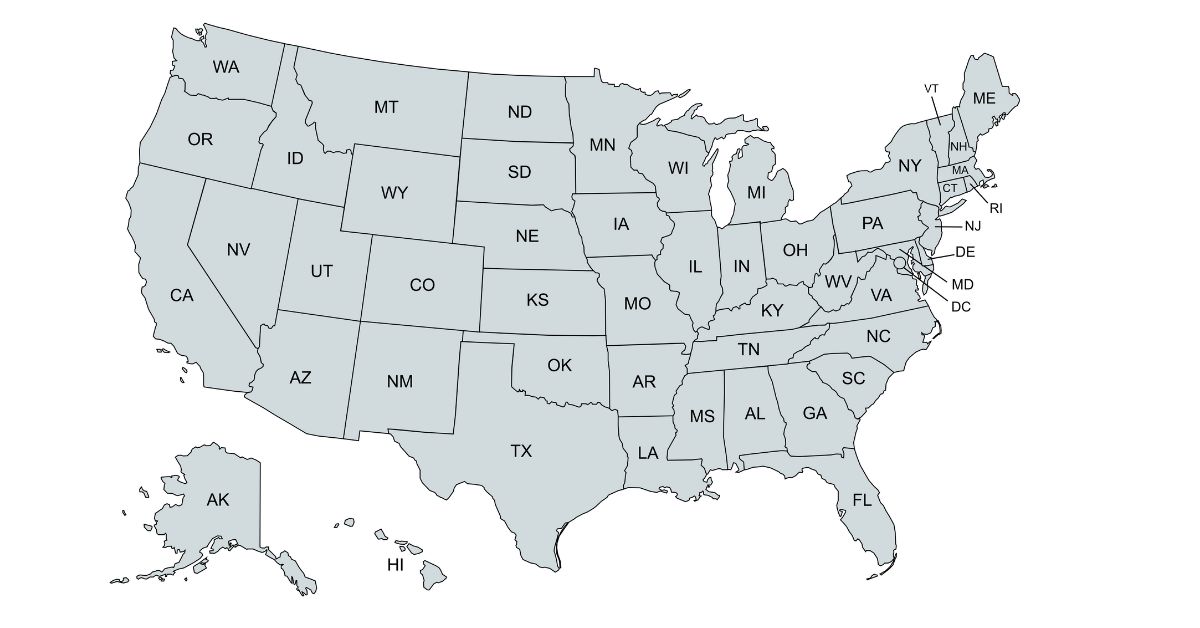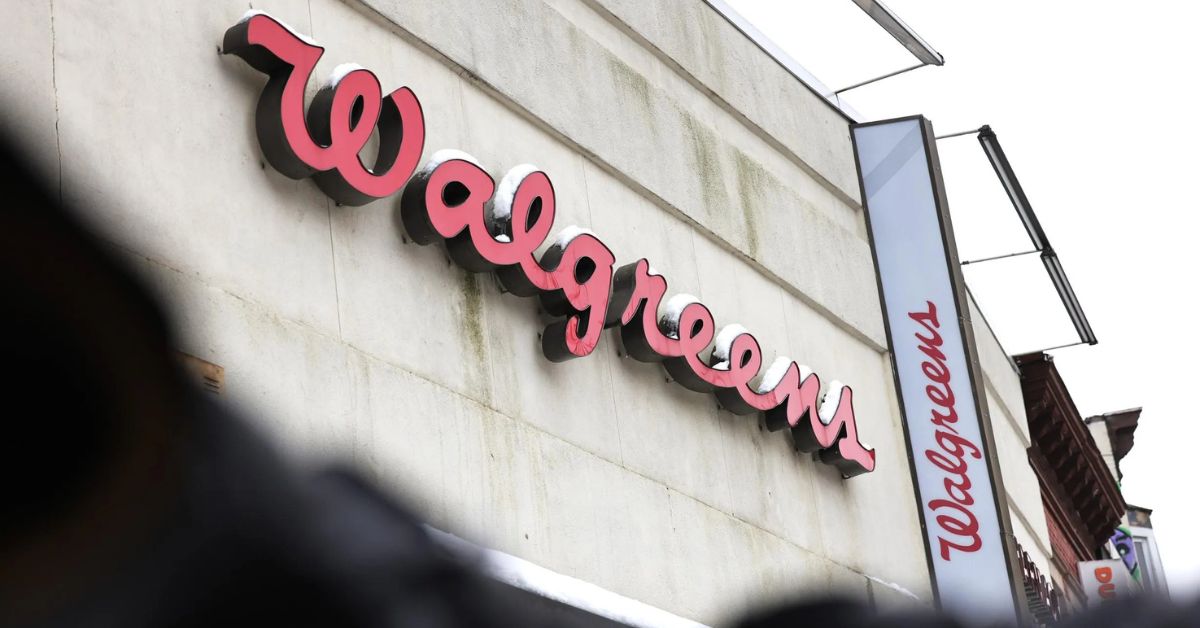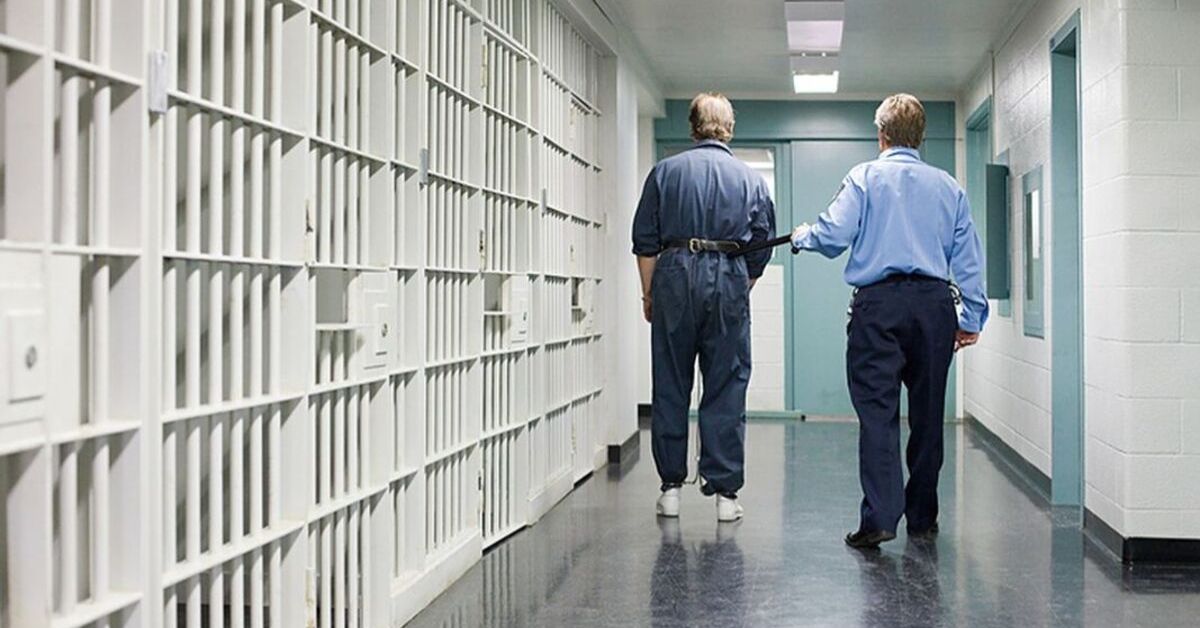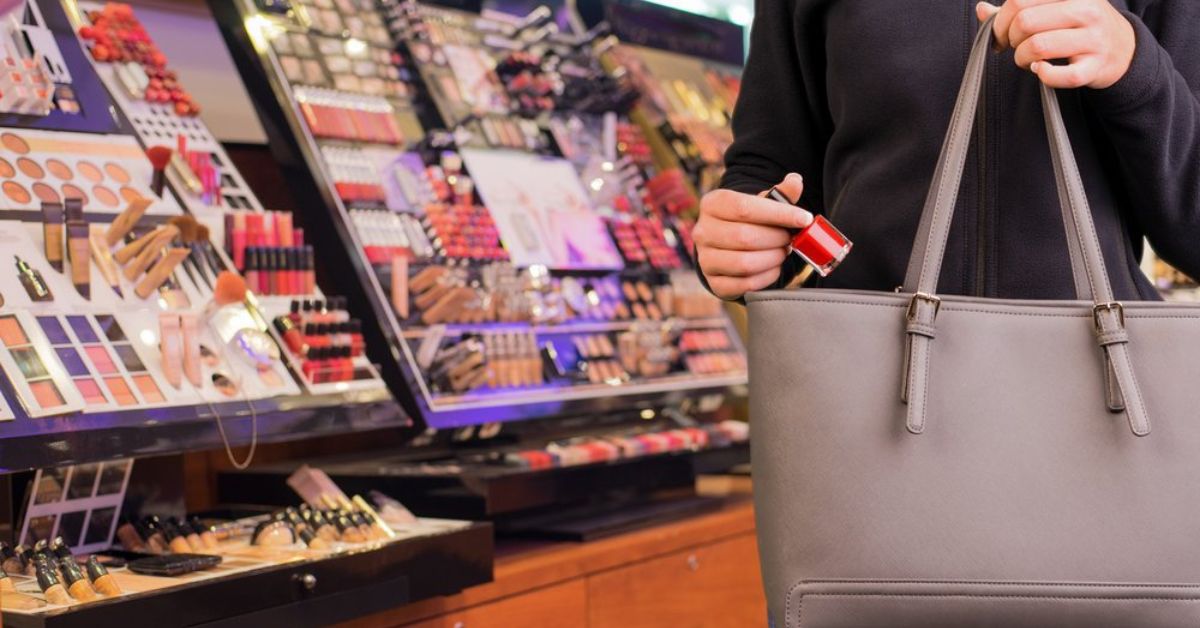A recently released map shows which cities in the United States have the highest shoplifting rates. The data highlights an ongoing challenge for retailers, law enforcement, and communities trying to manage the growing problem of theft in stores.
Cities Facing the Most Shoplifting
According to the map, some of the hardest cities for shoplifting are San Francisco, Los Angeles, and Chicago. These cities often deal with large numbers of theft cases driven by factors like population size, economic struggles, and organized crime groups targeting retail stores.
Other than that, cities like New York and Philadelphia have also seen an increase in shoplifting. Stores in these areas are often targeted for valuable items like electronics, clothing, and over-the-counter medications. The problem is taking a toll on businesses and shoppers alike.
What’s Behind the Numbers?
The map’s data is based on reports from retailers and law enforcement agencies. It shows how widespread the issue has become and helps pinpoint the cities where shoplifting is most frequent.
Organized retail crime, where groups steal large amounts of goods to sell online or elsewhere, is one of the major drivers of shoplifting in these cities.
Economic struggles, such as unemployment and poverty, also contribute. Some shoplifting cases involve people taking basic items like food and clothing because they cannot afford them.
Impact on Businesses
Retailers in cities with high shoplifting rates are feeling the pressure. Stores lose money every time an item is stolen, and smaller businesses are often hit the hardest. To fight back, many retailers have added more security cameras, hired extra staff, or started locking up common items like detergent and baby formula.
These measures are necessary for protecting merchandise, but they can frustrate honest shoppers. They also add to the cost of running a business for consumers.
Effects on Communities
Shoplifting affects more than just businesses—it impacts entire communities. When theft rises, some stores may decide to close or avoid opening in certain areas. This can impact the job market and make it hard for residents to access goods.
Shoppers in cities with frequent shoplifting might also see higher prices as stores try to recover their losses. These increases can make it harder for families, especially those already struggling, to afford everyday items.
Steps to Fight Shoplifting
To tackle the problem, cities, police, and retailers are working together. Law enforcement is focusing on breaking up organized crime rings and increasing patrols near stores.
Retailers are using technology like better cameras and alarm systems to catch thieves. Some cities are also trying to address the root causes of theft, such as poverty and unemployment, by creating programs that help people in need.
Upcoming Challenges
Despite these efforts, finding the right balance is tough. Some critics say harsher penalties for shoplifting don’t address the reasons behind the crime, like financial struggles.
Others worry that theft prevention strategies could lead to unfair treatment or profiling of certain groups of people.
Policymakers and businesses will need to carefully consider these concerns while finding ways to reduce shoplifting.
Looking Forward
The map of cities with high shoplifting rates offers a clearer picture of where the problem is most severe. It also shows the need for more action to protect businesses and communities.
By working together, cities can take steps to reduce shoplifting and make stores safer for everyone. While the challenge is significant, solutions that combine enforcement, prevention, and support for struggling communities could help create lasting change.






